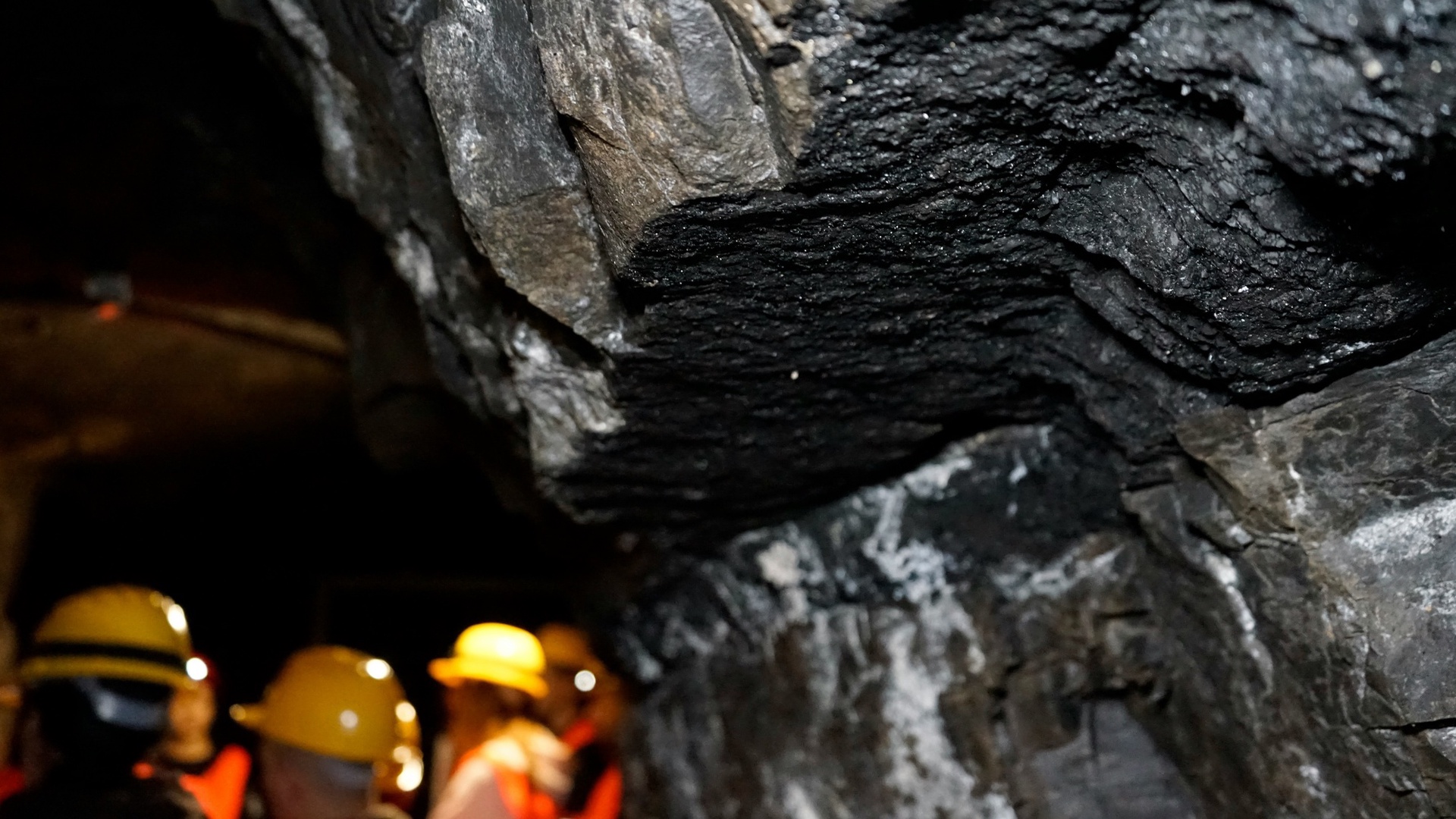

Platinum, a metal over 30 times rarer than gold, is a critical component in the global energy transition, particularly in hydrogen fuel cells and catalytic converters. However, the platinum mining industry is facing severe challenges, including falling prices, declining supply, restructuring efforts, and financial losses among major producers. These factors have led to job cuts, mine closures, and an overall contraction of the sector, threatening long-term sustainability and future supply.
Despite a persistent supply deficit, platinum prices have remained weak. In 2023, platinum demand surged by 25% year-on-year to 8.009 million ounces (moz), while total supply plummeted to 7.131 moz, leading to a deficit of 878,000 ounces. However, global platinum prices saw only a marginal year-on-year increase of 0.5% in 2023, constrained by concerns over economic growth and weak automotive sector demand.
In 2024, prices have fallen further, declining by approximately 11.3% year-on-year, driven by a slowdown in the auto industry and manufacturer destocking. Despite a forecasted supply deficit of 418,000 oz in 2024, market uncertainty continues to suppress prices. The World Platinum Investment Council (WPIC) predicts another structural deficit of 539,000 oz in 2025, marking the third consecutive year of supply shortages..
South Africa’s platinum sector is currently facing significant challenges, with major producers reporting drastic declines in profits. For instance, Impala Platinum Holdings Ltd has experienced an alarming 88% slump in its half-year profits and is contemplating the closure of several loss-making mines if its restructuring efforts do not succeed. Similarly, Anglo American Platinum Ltd, commonly referred to as Amplats, has reported a staggering 79% drop in profits, marking its lowest earnings in three decades. This decline has prompted the company to announce plans for substantial job cuts and reductions in spending.
Adding to the industry’s woes, Sibanye Stillwater, which is the largest employer in South Africa’s mining sector, is also considering the closure of four unprofitable shafts. This move could potentially affect over 4,000 jobs, further highlighting the precarious situation.
In response to these falling revenues, companies are implementing aggressive cost-cutting measures. Impala Platinum is targeting $500 million in savings over a five-year period, which includes postponing various projects in South Africa, Zimbabwe, and Canada. In a significant strategic shift, Anglo American recently announced its exit from multiple sectors, including platinum, coal, nickel, and diamonds, a decision that may have lasting consequences for platinum production in the region..
In 2023, the top five platinum-producing countries South Africa, Russia, Zimbabwe, Canada, and the United States were responsible for an impressive 96% of global output. However, the outlook for production is concerning due to anticipated disruptions. South Africa is grappling with ongoing electricity shortages, operational constraints, and price-driven cutbacks, leading to a predicted drop in output of 0.6%, bringing production down to 4.3 million ounces in 2024. Similarly, Russia is expected to face a significant decline of 10.7% in production, primarily due to operational disruptions at Norilsk Nickel. On a more positive note, the United States, Zimbabwe, and Canada are anticipated to provide some balance to these declines. The U.S. is forecasted to increase its production by 10%, largely driven by output from Sibanye Stillwater’s East Boulder and Stillwater mines.
Despite the current weaker industrial demand for platinum, its significance in automotive manufacturing continues to be robust. According to the World Platinum Investment Council (WPIC), automotive demand for platinum is projected to rise by 2% in 2025, reaching its highest level since 2017. This anticipated growth can be attributed to several factors. Stricter emissions regulations are pushing automakers to adapt, and there is a notable increase in the sales of hybrid vehicles, which still require the use of catalytic converters. Additionally, many manufacturers are opting for platinum instead of palladium, prompted by the latter's higher price volatility.
However, while the automotive sector braces for growth, the forecast for industrial platinum use suggests a decline, and investment demand remains uncertain. Furthermore, it is expected that above-ground platinum stocks will decrease by 15%, dropping to 3.0 million ounces by 2025, which would only be sufficient to cover four months of global demand.
The platinum mining industry is facing a period of significant upheaval. While ongoing supply deficits should, in theory, drive prices higher, weak industrial demand and economic uncertainty have kept prices low. With major producers cutting costs, shutting down mines, and reducing production, the industry is at a critical crossroads.
If current trends continue, platinum supply will become even more constrained, potentially leading to sharp price increases in the coming years. However, for now, the industry remains under pressure, and its future will depend on how quickly demand recovers and whether investment flows back into the sector.